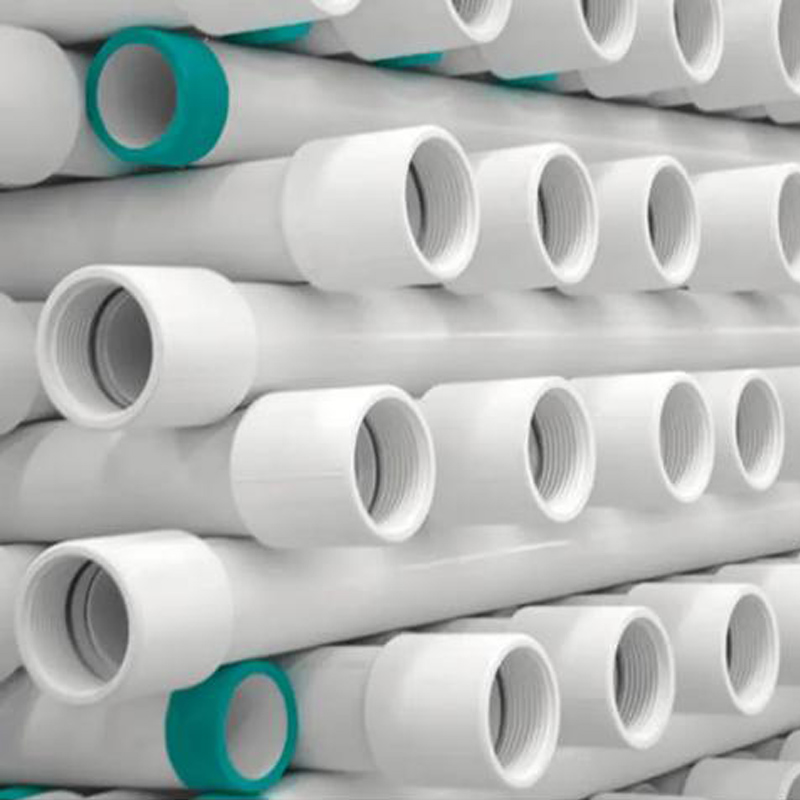Nov . 27, 2024 08:06 Back to list
Connecting PVC and HDPE Pipes for Efficient Water Management Solutions
Connecting PVC to HDPE Pipes A Guide to Pipe Connection Products
In the world of plumbing and construction, choosing the right materials is essential for ensuring durability, efficiency, and cost-effectiveness in piping systems. Among the most widely used materials are Polyvinyl Chloride (PVC) and High-Density Polyethylene (HDPE). Both materials offer distinct advantages, but situations often arise where it is necessary to connect PVC pipes to HDPE pipes. Understanding the products available for this connection can facilitate a smooth and reliable union of these two plastically-engineered pipes.
Understanding the Basics
PVC is a popular choice for various plumbing systems due to its rigidity, corrosion resistance, and longevity. It is commonly used for water supply lines, drainage, and electrical conduit applications. On the other hand, HDPE is favored for its flexibility, high resistance to impact and chemicals, and capability to withstand extreme weather conditions. HDPE is widely used in water distribution, sewer systems, and gas pipelines.
When connecting PVC to HDPE, it’s essential to comprehend the differences in their properties. PVC is rigid, while HDPE is flexible. This difference can lead to challenges in maintaining a secure connection, which is why specialized products designed for this purpose are necessary.
Connection Products
Several connection products are available to successfully transition between PVC and HDPE pipes. Here are some common options
1. Mechanical Couplings Mechanical couplings provide a straightforward and effective method for connecting PVC and HDPE. These couplings encompass a rubber gasket that creates a tight seal between the two pipe types. They allow for some flexibility and movement and are particularly advantageous in dynamic environments where ground movement might occur.
pvc to hdpe pipe connection products

2. Transition Fittings Transition fittings are specially designed connectors that facilitate the joining of dissimilar pipe materials. These fittings often have one side designed for PVC and the other for HDPE, enabling a seamless connection. Transition fittings ensure a secure joint, minimizing leaks and enhancing the integrity of the piping system.
3. Flanged Connections For larger diameter pipes, flanged connections can serve as a reliable option. This method involves attaching a flange to both the PVC and HDPE pipes, allowing the two to be bolted together. While more complex to install, flanged connections provide solid structural integrity, making them a reliable choice for high-pressure systems.
4. Solvent Cement Though traditionally used for PVC, some specific products allow for the solvent cement method in connecting PVC to certain types of HDPE. This process requires careful evaluation of the materials involved to ensure compatibility. It is generally recommended for smaller applications or where flexibility in the piping system is not a major concern.
Installation Considerations
When connecting PVC to HDPE, proper installation is key to achieving a successful union. Here are a few tips
- Clean the Surfaces Ensure that both pipe ends are clean, free from dirt or debris, and dry. This helps promote better adhesion and sealing. - Use the Right Tools Employ the appropriate tools for cutting pipes and securing connections. Using high-quality tools will ensure precise cuts and reduce the risk of leaks. - Follow Manufacturer Guidelines Each product comes with specific instructions for assembly and installation. Adhering to these guidelines can prevent future issues and ensure a long-lasting connection.
Conclusion
Connecting PVC to HDPE pipes is a common necessity in many plumbing and construction projects. By utilizing high-quality connection products such as mechanical couplings, transition fittings, or flanged connections, professionals can achieve secure and efficient unions between these two popular materials. Consider the unique properties of each type of pipe and follow proper installation techniques to create a reliable and durable piping system that meets the demands of any project.
-
High-Quality PVC Borehole Pipes Durable & Versatile Pipe Solutions
NewsJul.08,2025
-
High-Quality PVC Perforated Pipes for Efficient Drainage Leading Manufacturers & Factories
NewsJul.08,2025
-
High-Quality PVC Borehole Pipes Durable Pipe Solutions by Leading Manufacturer
NewsJul.08,2025
-
High-Quality PVC Borehole Pipes Reliable PVC Pipe Manufacturer Solutions
NewsJul.07,2025
-
High-Quality UPVC Drain Pipes Durable HDPE & Drain Pipe Solutions
NewsJul.07,2025
-
High-Quality Conduit Pipes & HDPE Conduit Fittings Manufacturer Reliable Factory Supply
NewsJul.06,2025

